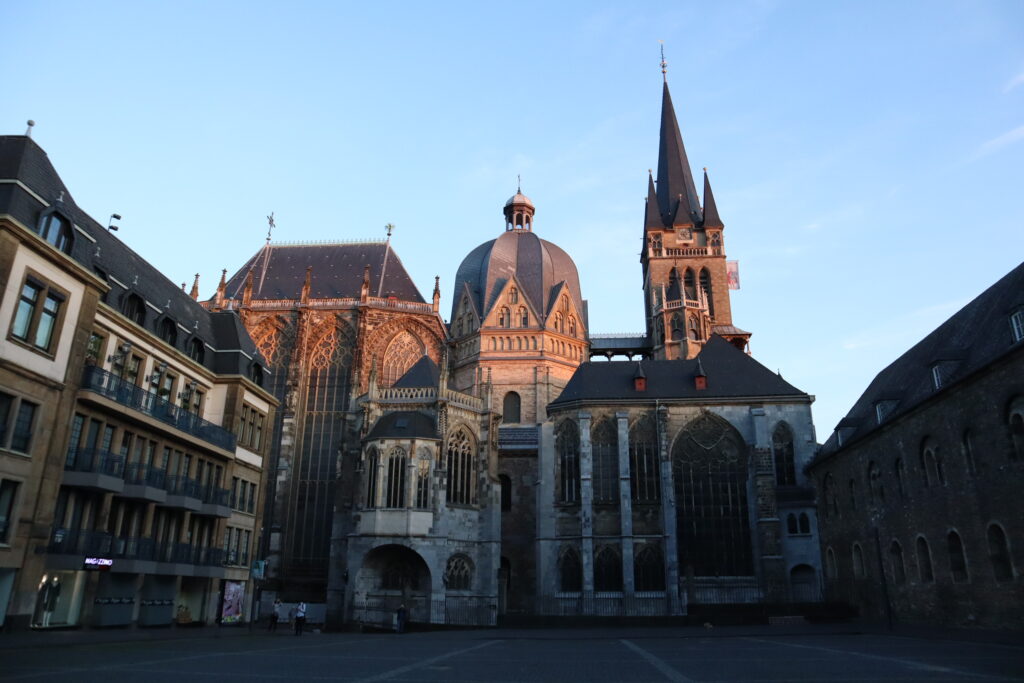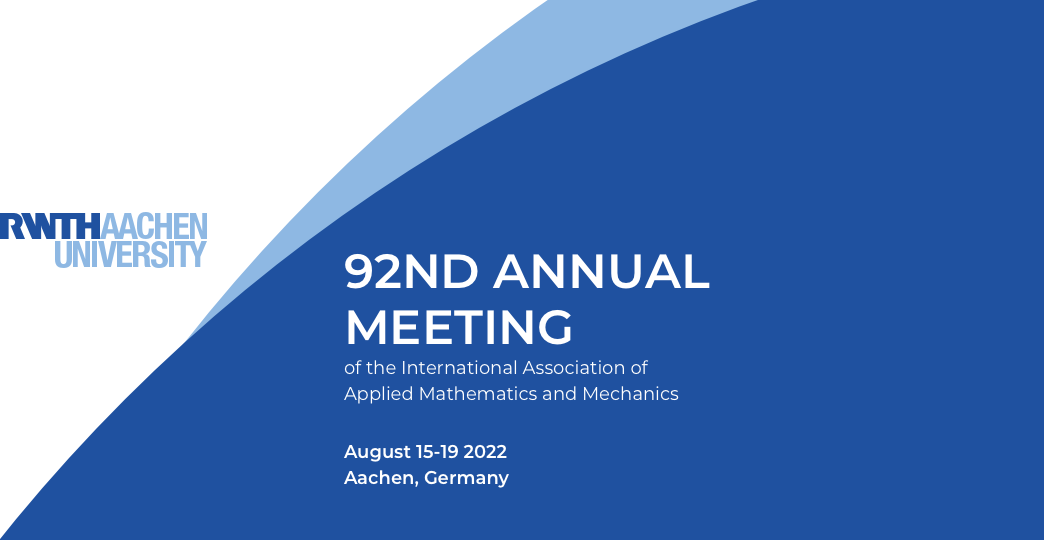WELCOME TO AACHEN!


Aachen, located at the point where three countries (Germany, Belgium and the Netherlands) meet, is well known for being home to the first UNESCO World Heritage Site in Germany: the Aachen Cathedral. Its architecture and features highlight the significance and imposing nature of the building, which was completed at the end of the 8th century at the request of Emperor Charlemagne. Every year millions of visitors come to Aachen in order to see the historical sights in connection with Charlemagne. And Aachen exhilarates: its hotsprings have been enjoyed for more than two thousand years! From Roman times there have been good connections with the rest of Europe.
Today, the town is reachable by motorways from Cologne and Düsseldorf, Amsterdam, Brussels and Paris. Via the aiports of Maastricht/Aachen, Dusseldorf, Cologne and Brussels, or by fast train from Cologne/Dusseldorf, Brussels, Paris/London.
Home to 250,000 residents, Aachen is easy to get around and pedestrian friendly. The high number of students – about one in four people in Aachen studies at a university here – increases the city’s appeal. The streets invitingly beckon the casual stroller, the lounges. The health cures and the conferences are never far apart, and there is always a worthwhile diversion. An absolute must for all guests of the imperial city is a visit in some of the many cafés and bakeries in the city. All over the year the Aachen speciality, the Printe (kind of spicy gingerbread), is offered in many variations –from the original herbs Printe to Printen covered with nuts or almonds or coated with chocolate or sugar icing.
In every respect, Aachen is a town which distinguishes itself by wide variety: historical interrelationships, historical sights, cultural attractions, big events such as the international dressage, jumping and riding tournament (CHIO) and the presentation of the international Karlspreis (Char-lemagne Award) in Aachen, as well as museums of many kinds and, last but not least, the town’s economic and scientific functions.


